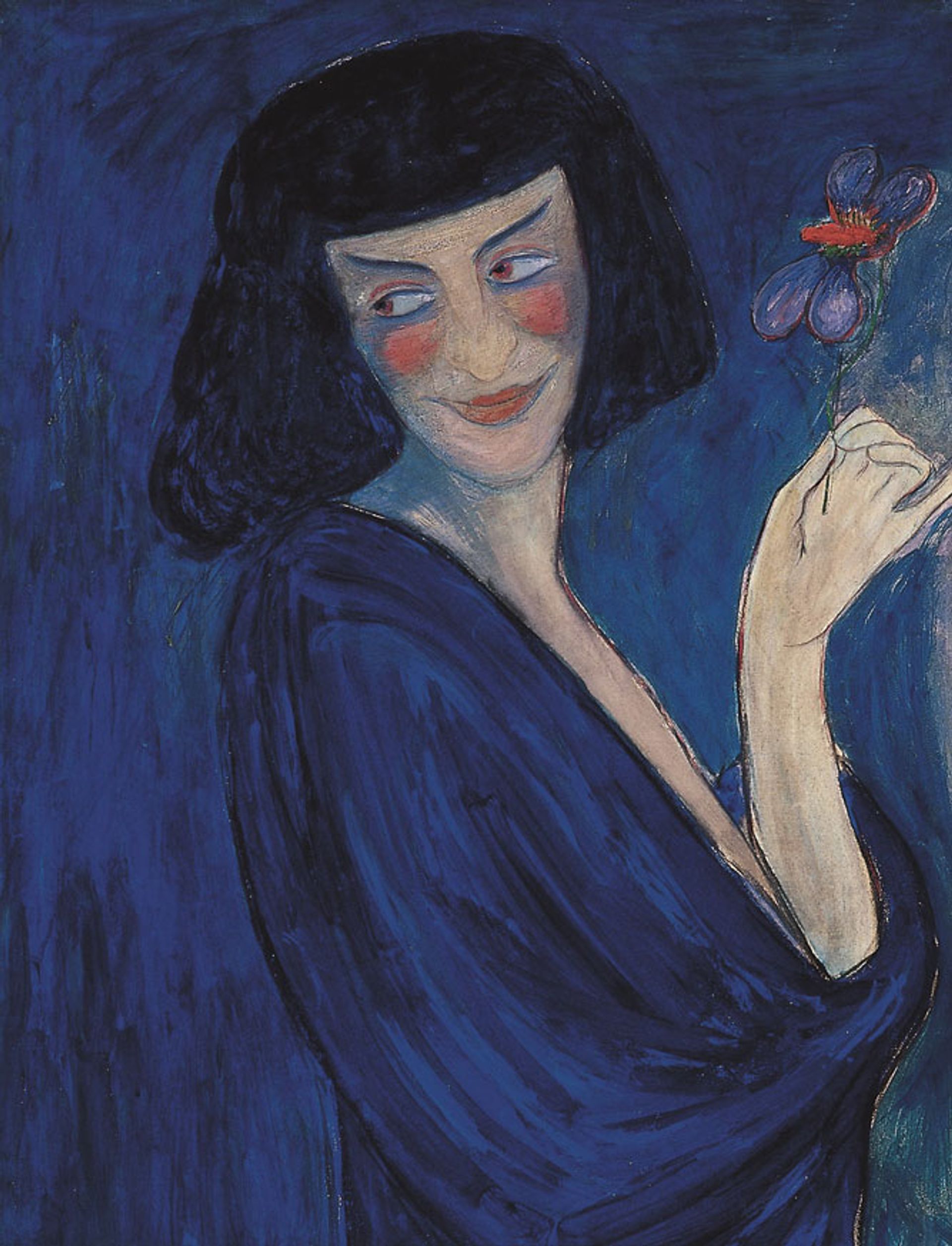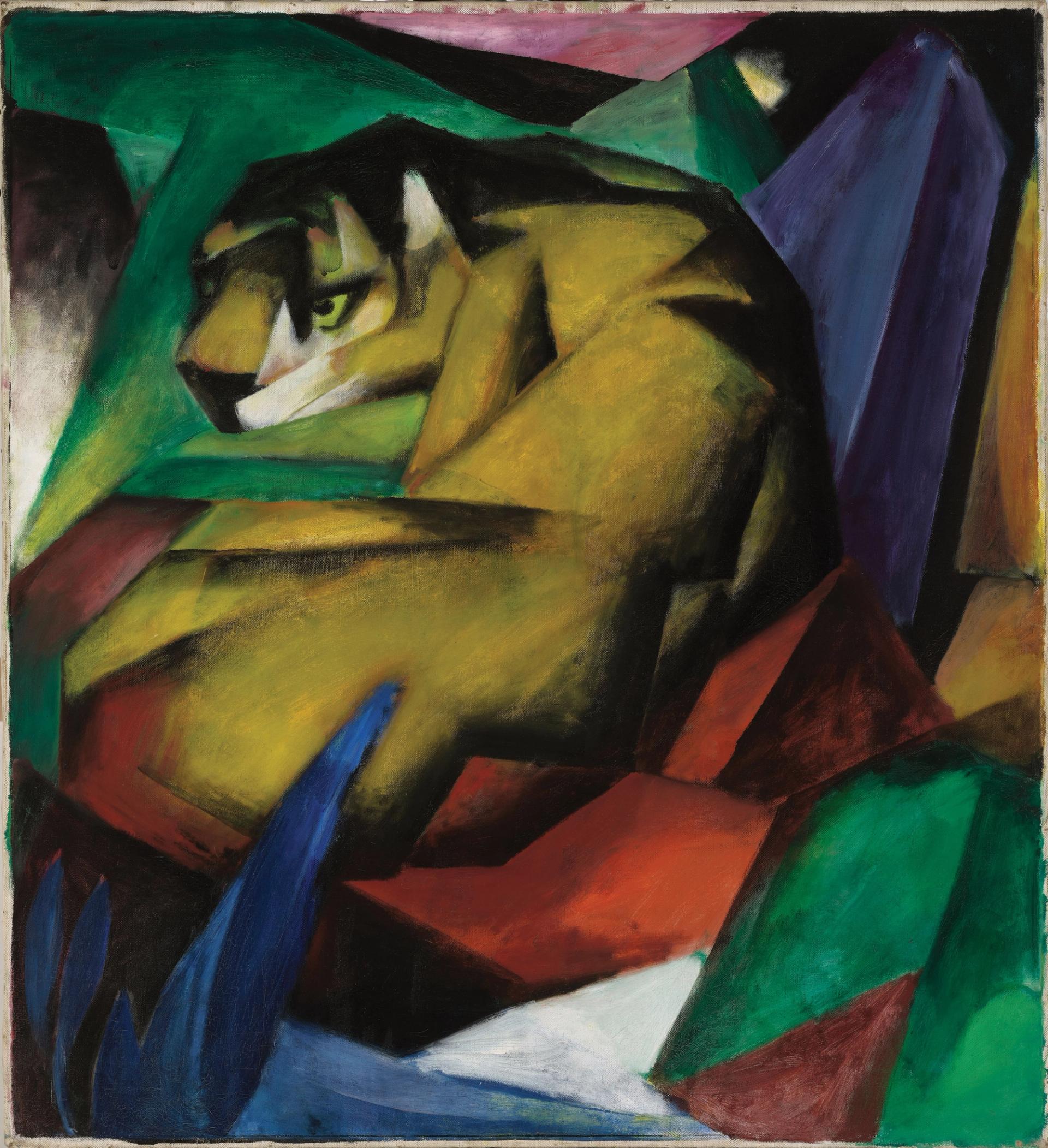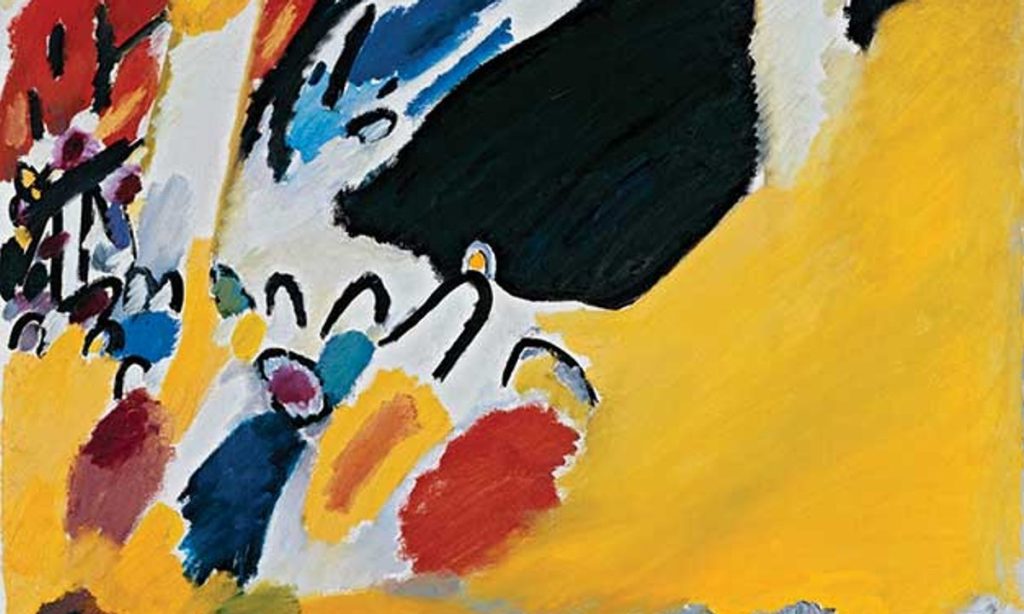Before the pandemic, Munich’s Lenbachhaus approached Tate with an idea: why not share the crown jewels from each other’s collections in some special exhibitions? As such, Germany gets its first major JMW Turner debut in 70 years and Tate Modern is about to open Der Blaue Reiter (The Blue Rider), the artist’s first show since the 1960s.
“It’s an incredibly sustainable way of working,” says curator Natalia Sidlina. Expressionists: Kandinsky, Münter and Blue Rider. “Both in terms of collaboration, which allows us to work with specialists from both sides at a deep level of curation and research, and also in terms of the environment, since most of the works come from the same place”.
One of the aims of the London exhibition is to show that there was more to the early Modernist era than star-studded and solitary male artists. “So we often associate it with well-known figures like Picasso, Matisse, Kandinsky, and rarely look at collective practices,” says Sidlina. This is perhaps why Der Blaue Reiter – a progressive community of German expressionist artists founded in Munich in 1909 – is less popular in the UK. “We’re trying to change that by showing that Kandinsky, for example, was embedded in a much richer and more complex way of working,” says Sidlina. “So we’re looking at his collaborations with performance artists, composers and musicians; interest in photography, influenced by Gabriele Münter; his commitment to color, informed by artists such as Franz Marc and Robert Delaunay; and more.”

Marianne of Werefkin Dancer Alexander Sacharoff (1909) Marianne Werefkin Foundation; Municipal Museum of Modern Art; Ascona
The exhibition opens with Kandinsky and Münter and follows them and other European and US artists as they connect and collaborate in Munich. It will explore the central concerns at the heart of their creative experimentation—spirituality, sound, light, color—and conclude with the legacy of the Der Blaue Reiter artists and their lasting influence. “The difference between Blue Rider and a lot of other modernist bands is that it wasn’t really a band,” says Sidlina. “There was no membership, no manifesto, no program, no criteria for the exhibition. We are talking about people who were affiliated through friendship, intimate collaboration and a common quest”.

Franz Marc’s the tiger (1912) Lenbachhaus Munich, donated by the Bernhard and Elly Koehler Foundation 1965
As a result, the collective attracted a wide network of artists, performers, musicians and poets – with a 27-year gap between the oldest and the youngest – and produced a variety of bold and intense works. At Tate Modern, along with popular pieces such as Marc’s life the tiger (1912) will feature works by lesser-known artists such as his partner Maria Franck-Marc, as well as Marianne Werefkin, whose fascinating paintings London audiences may remember from the women’s exhibition at the Royal Academy of Arts. Making modernism in 2022
“Of course, like a big band show Expressionists it stands on the shoulders of giants, and there have been several exhibitions that have introduced individual artists or specific sites and places to the audience,” says Sidlina. “For us, it’s important to get all these narratives on the same page and see what each artist brought to the conversation around creative experimentation that made Blue Rider the first transcultural modernist collective.”
• Expressionists: Kandinsky, Münter and the blue horse, Tate Modern, London, April 25 to October 20


